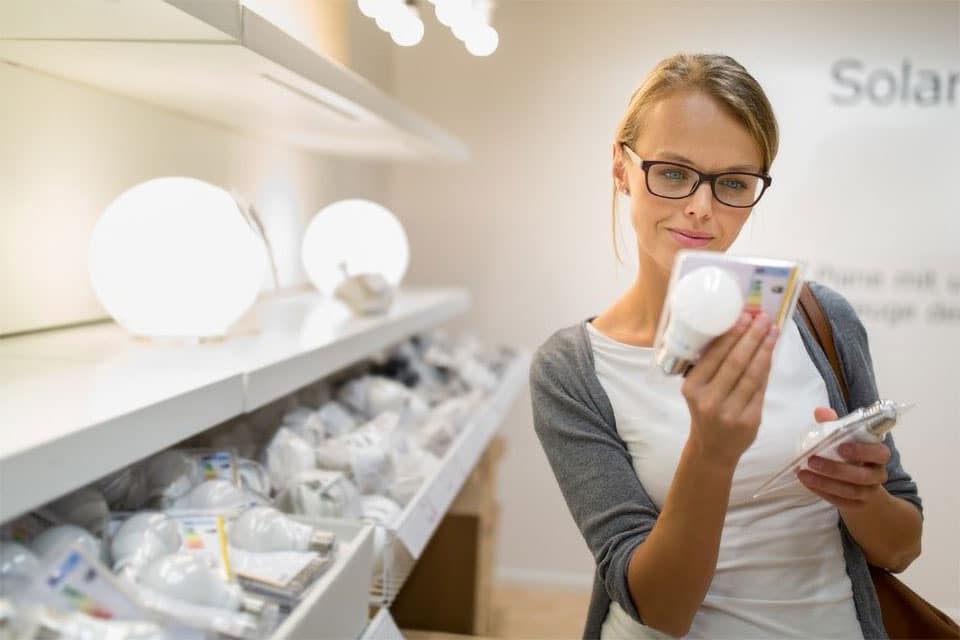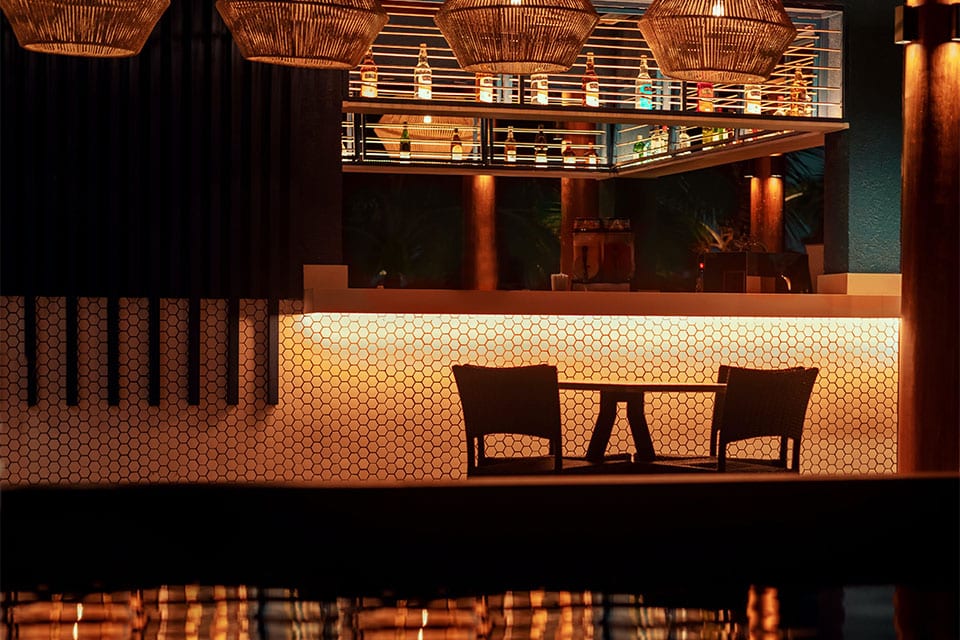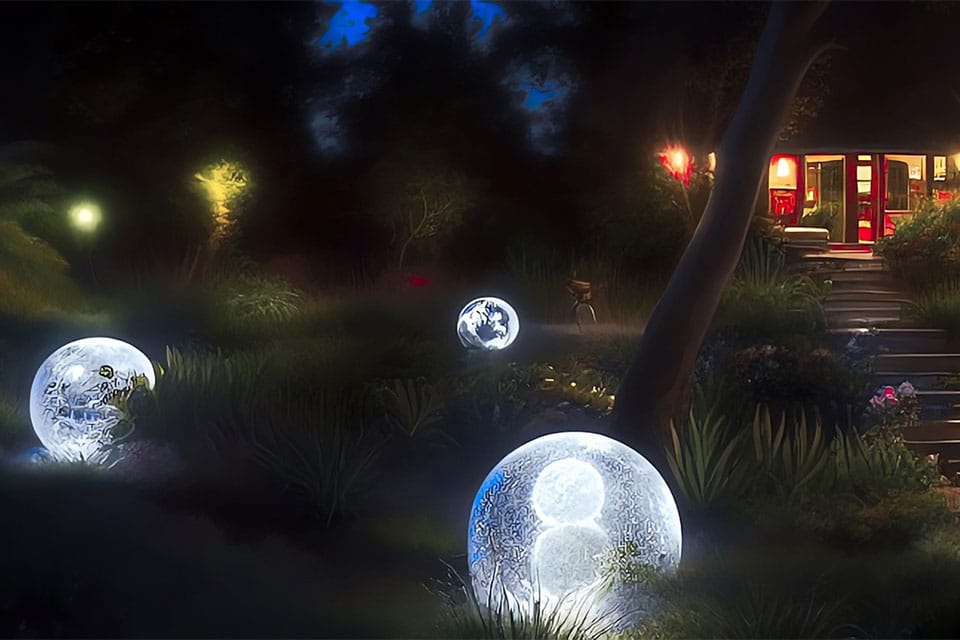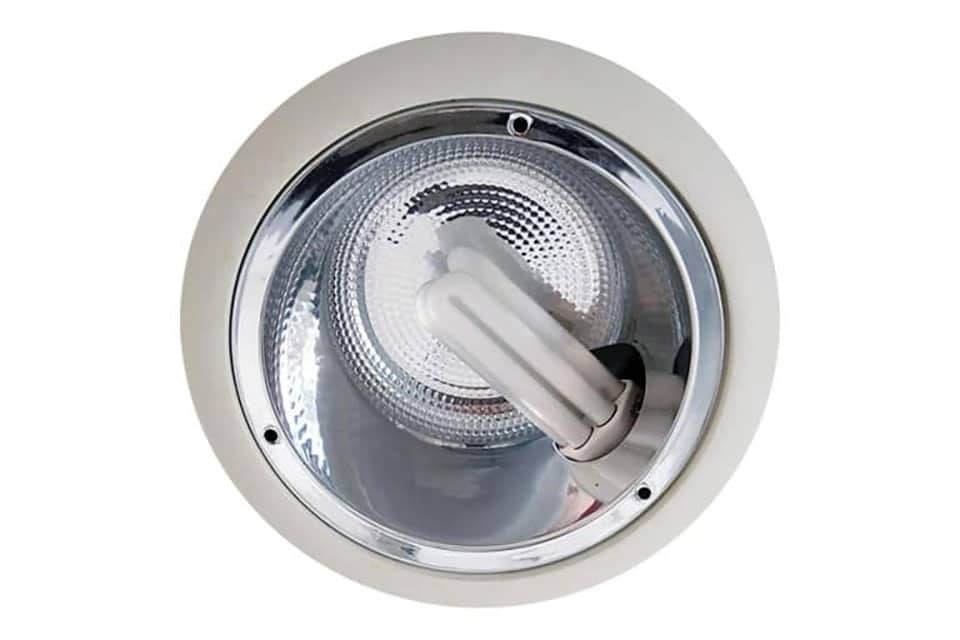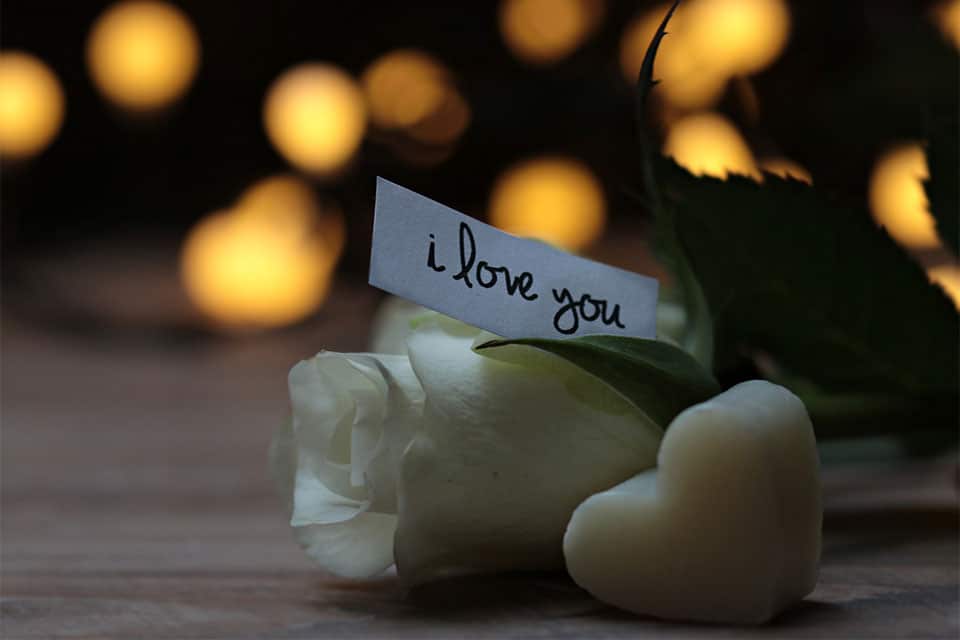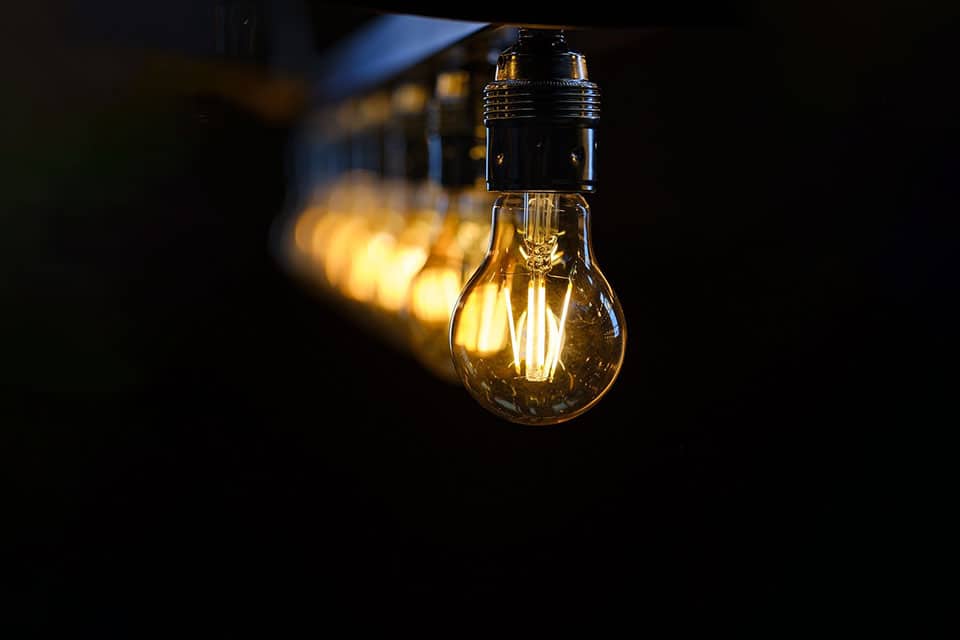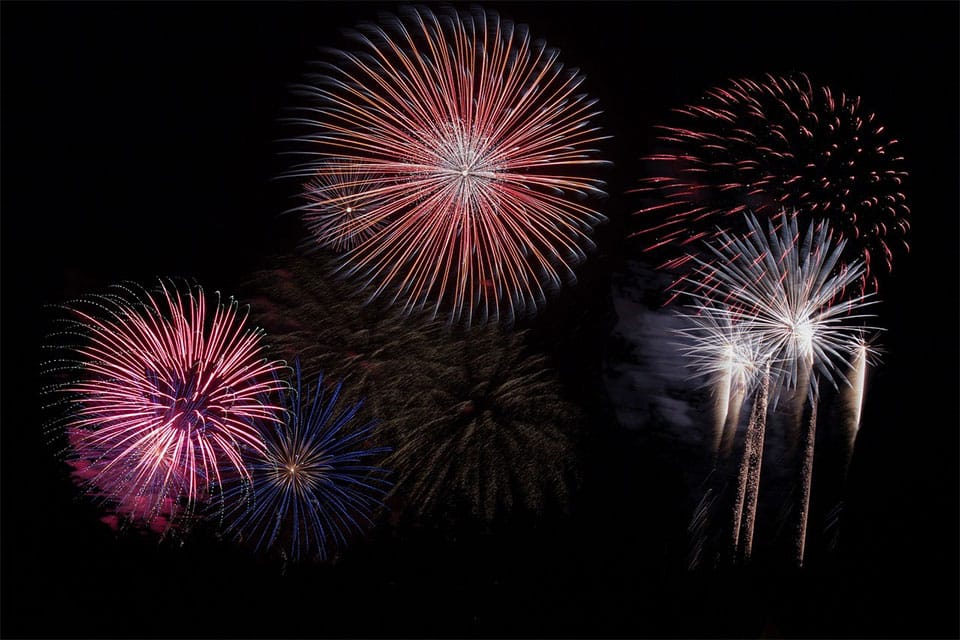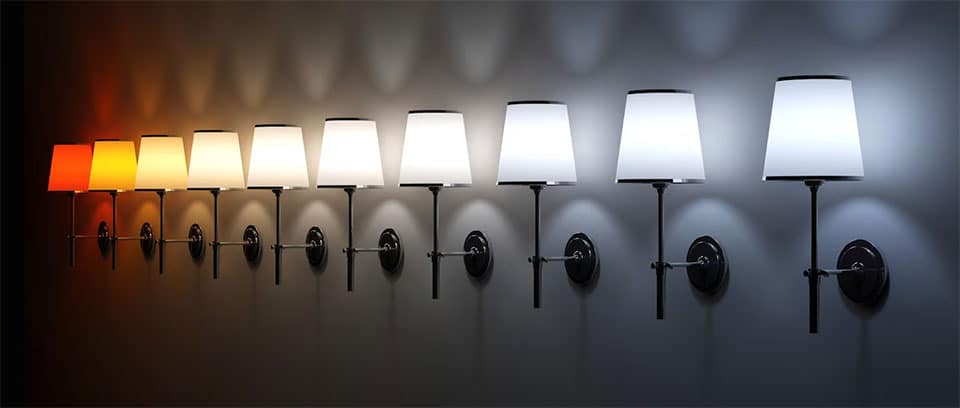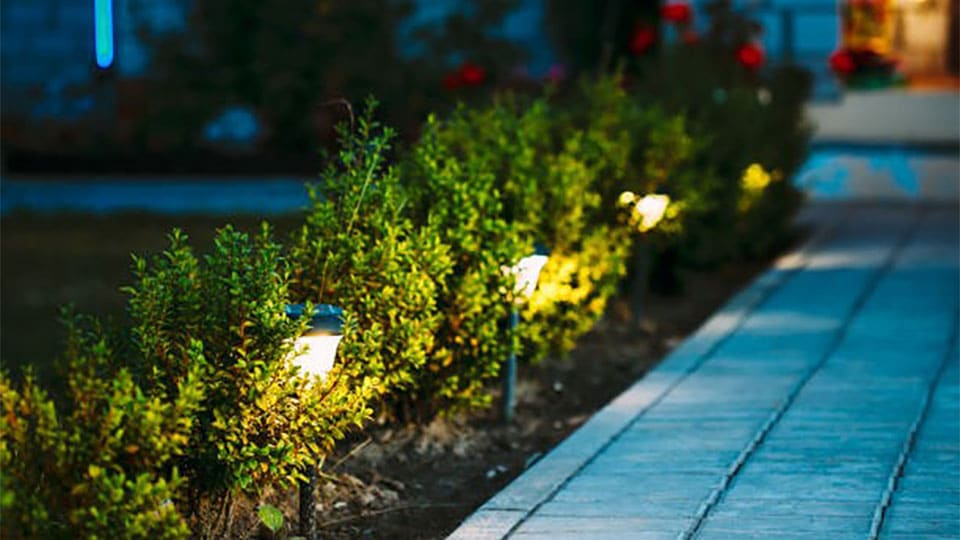Choosing the right lighting for your home is a decisive step towards finding perfection. Indeed, many homeowners tend to overlook the lighting of their houses and miss the chance to change any room’s vibe. But if you are here, that means you’re on the right path because we are about to discuss the best warm white lighting options for your home.
Furthermore, you’ll learn how to make every evening as cozy as possible and grant your decoration the best spotlight to shine.
Are you ready? Lights on, because here we go!
Definition Of Warm White Colour
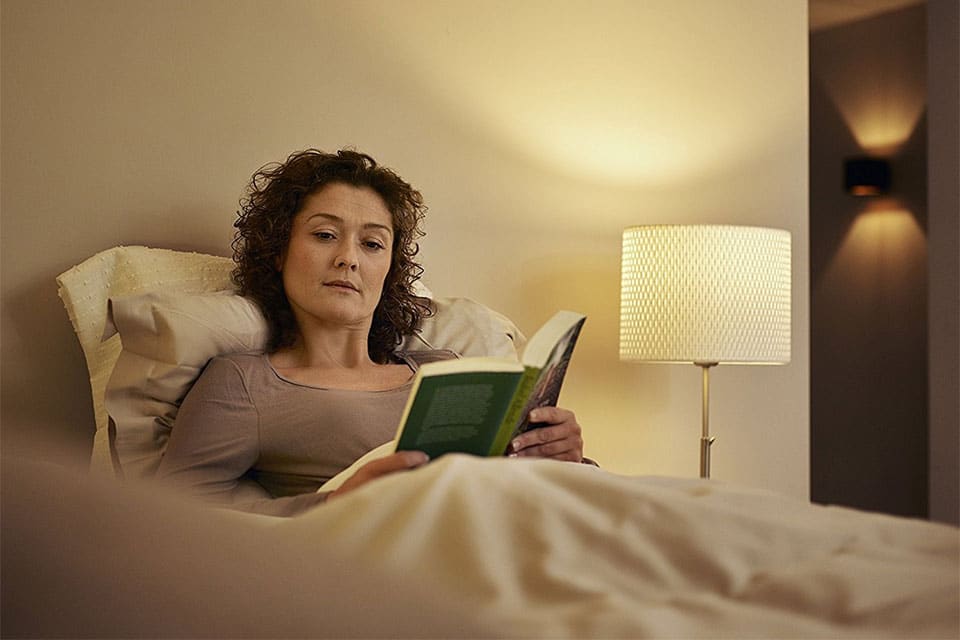
“Warm white” is a definition applied to the colour coming from a light bulb. Moreover, it is an entire category that includes several different models. The 2700K and 3000K lights are just two of them.
These light bulb variations are comprised within this category because they resemble the warm white tone of the original incandescent light bulbs. In other words, they can produce a warm light that is closer to yellow than it is to blue.
2700K Vs. 3000K
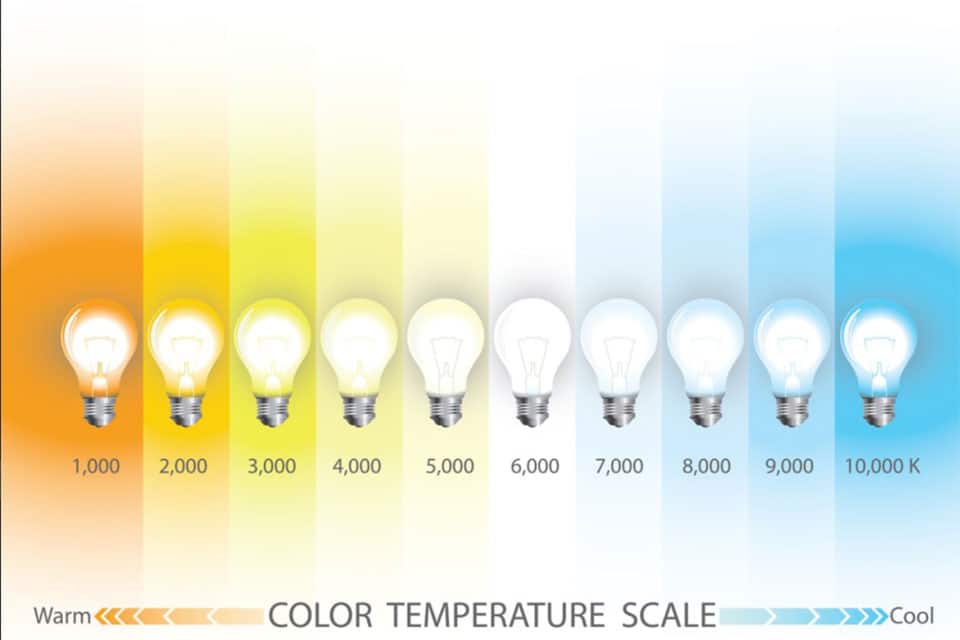
These are two main variations of warm white colour that you can choose for your home. You’ll find that they have different impacts on your house decoration and can change the atmosphere of any environment.
The closer the light goes to a yellow tone, the more it can be thought of as a decorative item rather than just a source of light.
On the other hand, the closer the light is to a white and blue light, the more they are considered to be utilitarian. That is to say, they have a mission to accomplish so that people living in that home can read, cook, and more.
A restaurant can be a good example of this difference. They could use 3000K (or above) in the kitchen area for quality control and more detailed. But could also use 2700K in the dining room where customers enjoy their food under pleasing, dimmed-down, lighting.
What Is 2700K Best For?
2700 degrees Kelvin is the temperature at which the filament inside the traditional, incandescent light bulb starts emitting light. This is the measure for the slightly yellowish light bulbs that mimic candle light.
Let´s take a look at the best possible scenarios for 2700K lighting:
- Create an atmosphere – Rooms like a reading room, playroom, bedroom, or any other room in the house where you would like to create a comfy atmosphere could benefit from this lighting.
- Get cosy – Houses that are painted indoors with warm colours will benefit from the shade of 2700K lights.
- Goes well with fire – If you happen to have a fireplace in your house or business, surrounding it with 2700K lighting can make the atmosphere even better.
Other than these three examples and as a rule of thumb, bear in mind that 2700K is used more frequently to create a relaxed atmosphere.
Where Should I Install 3000K Lights?
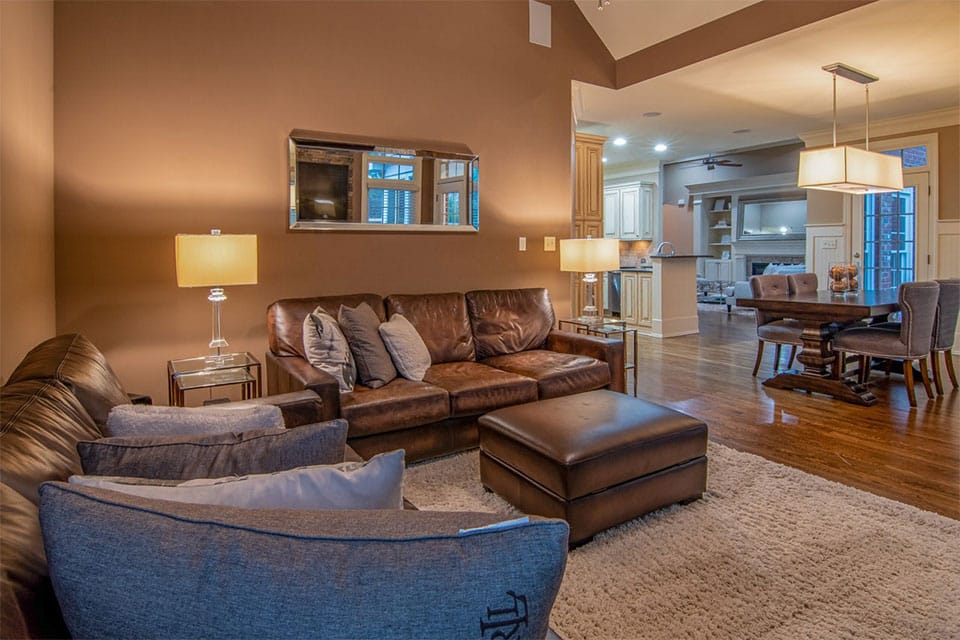
3000K lights are still within the warm white category; hence, the difference between these two graduations is minimal. That being said, you’ll notice a difference in the small details and the effect it has on the decoration.
Moreover, you will also notice that it suits your house better if you happen to have a modern design with pale colours (or white) on its walls. In other words, the slightly less yellowish glow will light the room differently and create a more modern vibe.
Some scenarios for these lights could be:
- Accuracy needed – When the keyword is precision, you need to install 3000K lights or above. Thus, spaces like kitchens, storage rooms, and even a studio could benefit largely from this kind of lighting.
- Create a colder atmosphere – This is very common in times of pandemics because of an increasing number of people working from a home office. Perhaps you need to turn that fun reading room into your office, well just move all lights up a notch from 2700K to 3000K to achieve exactly that.
What About The Blue-Light Effect And My Sleeping Cycles?
Many people are concerned about the negative effects of blue lights on our sleep circles. As you might know, the blue light we are exposed to at night makes our bodies believe it is daylight and we get no melatonin. Thus, we have a hard time falling asleep.
But make no mistakes here, the light of a computer or cellphone screen can go up to 6700K, which is close to daylight with some blue light in the mix. In this case, none of these lights will disturb your sleeping cycles having less than half the Kelvins of a cellphone screen.
Conclusion
Lighting can completely change the way your house looks, and more importantly, feels. Indeed, lighting conveys a certain shade to the elements in a room which can set the overall mood way more than any physical object could.
For example, if you want to convert a relaxing room into a more serious, working environment, take it up a notch and go from 2700K to 3000K. On the other hand, to generate the inverse effect, just take it down a notch; you’ll feel more relaxed in that room in a matter of minutes.
Remember, don’t overlook the lighting in any room, it could be the change you were looking for.





















































































